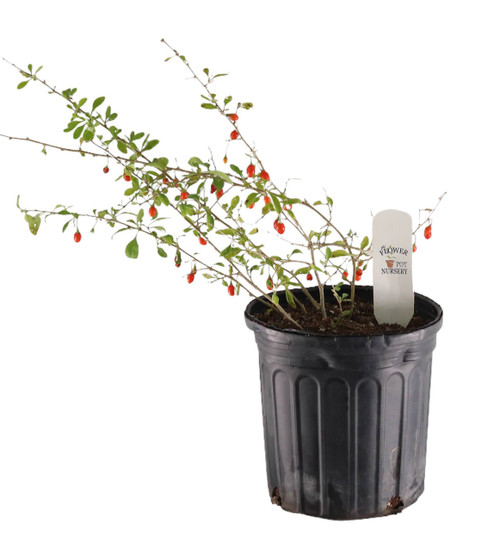Chayote (Sechium edule), also known as mirliton, choko, tayota, chocho (Jamaica), and chuchu (Brazil), is an edible plant belonging to the gourd family, Cucurbitaceae. Chayote was one of the several foods introduced to the Old World during the Columbian Exchange. Also during this period, the plant spread from Mesoamerica to other parts of the Americas, ultimately causing it to be integrated into the cuisine of many other Latin American nations.
The chayote fruit is mostly used cooked. When cooked, chayote is usually handled like summer squash; it is generally lightly cooked to retain the crispy consistency. Raw chayote may be added to salads or salsas, most often marinated with lemon or lime juice, but is often regarded as especially unpalatable and tough in texture. Whether raw or cooked, chayote is a good source of vitamin C.
Although most people are familiar only with the fruit as being edible, the root, stem, seeds and leaves are edible as well. The tubers of the plant are eaten like potatoes and other root vegetables, while the shoots and leaves are often consumed in salads and stir fries, especially in Asia.
The common American-English name of the fruit (outside of Louisiana) is from the Spanish word chayote, a derivative of the Nahuatl word chayohtli (pronounced [t͡ʃaˈjoʔt͡ɬi]). In Louisiana (as in Haiti), it is known as mirliton (pronounced IPA: [ˈmɜːlɪtɒn]) also spelled mirletons or merletons (plural-the r is often silent, e.g. Cajun me-lay-taw or urban Creole miʁl-uh-tɔ̃ns) In Australia, New Zealand and Singapore, it is known as choko which comes from the 19th century Cantonese market gardeners who introduced many vegetables into the former two countries.[citation needed] In the eastern Caribbean it is known as christophene, while it is chou chou in both Jamaica and La Réunion and tayota in the Dominican Republic. In eastern and north eastern India chayote is known as squash and is a very popular vegetable used in both vegetarian and non vegetarian dishes.
Like other members of the gourd family, chayote has a sprawling habit, and requires sufficient room. The roots are also highly susceptible to rot, especially in containers, and the plant in general is finicky to grow. However, in Australia and New Zealand it is an easily grown yard or garden plant, set on a chicken wire support or strung against a fence. In Trinidad and Tobago, it is grown in the mountainous areas strung from wire lines.
The plant was first recorded by modern botanists in P. Browne's 1756 work, the Civil and Natural History of Jamaica. Swartz included it in 1800 in its current genus Sechium.
In the most common variety, the fruit is roughly pear-shaped, somewhat flattened and with coarse wrinkles, ranging from 10 to 20 cm in length. It looks like a green pear, and it has a thin, green skin fused with the green to white flesh, and a single, large, flattened pit. Some varieties have spiny fruits. The flesh has a fairly bland taste, and a texture is described as a cross between a potato and a cucumber.
The chayote vine can be grown on the ground, but as a climbing plant, it will grow onto anything, and can easily rise as high as 12 meters when support is provided. It has heart-shaped leaves, 10-25 cm wide and tendrils on the stem. The plant bears male flowers in clusters and solitary female flowers. The plant's fruit is light green and elongated with deep ridges lengthwise.
Give credit where credit is due: Wikipedia 2020
FlowerPotNursery Mirliton Chayote Veg. Fruit Sechium edule 1 Gallon Pot Organic
The Flower Pot Nursery
$15.99
- SKU:
- MVCH1G0121










